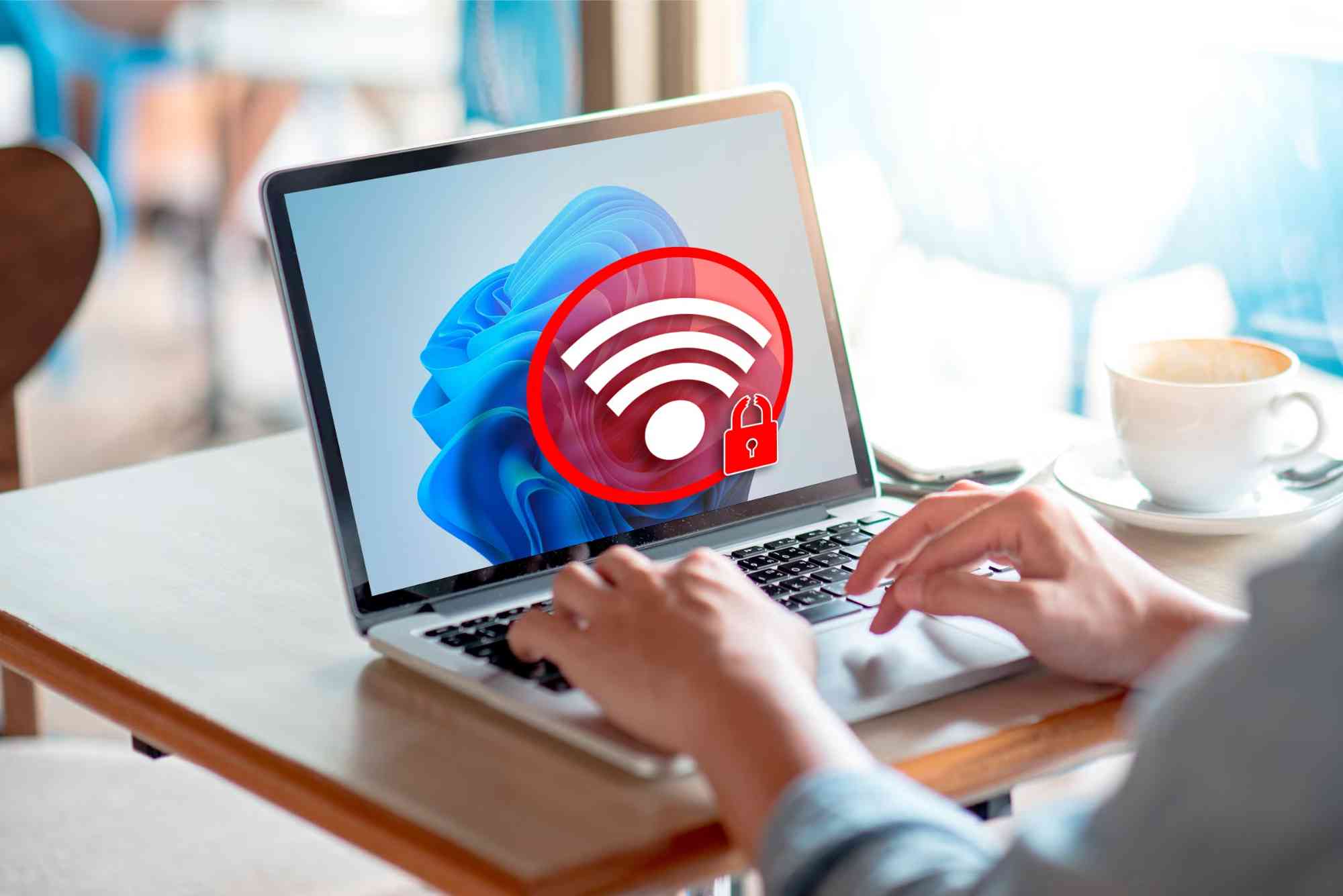Introduction
In today’s connected world, your mobile hotspot is more than just a backup internet option—it’s a personal network that keeps your devices online wherever you go. However, many users never change their default hotspot name, leaving it generic or sometimes confusing. Knowing how to perform a mobile hotspot network name change is essential for better security, personalization, and easy device recognition.
This guide will walk you through how to change your mobile hotspot network name across Android, iPhone, and Windows devices, while also explaining why this small change can make a big difference in your online experience.
Why You Should Change Your Mobile Hotspot Network Name
Changing your hotspot name isn’t just about customization—it’s about control and protection.
A default name like AndroidAP or iPhone can reveal your device type and make it easier for others to guess your password or attempt unauthorized access. When you rename it to something unique, you make your connection harder to identify and more personal.
Moreover, a custom name helps you recognize your hotspot instantly among other networks, especially in crowded public places where many Wi-Fi networks overlap.
How to Change Your Mobile Hotspot Network Name on Android
If you’re using an Android device, the process to change your mobile hotspot network name is straightforward and quick.
Open Your Settings
Navigate to the Settings app from your home screen or app drawer.
Access Network & Internet
Scroll down and tap Network & Internet or Connections, depending on your phone’s manufacturer.
Go to Hotspot & Tethering
Tap on Hotspot & Tethering. You might see it labeled as Mobile Hotspot on some devices.
Configure Hotspot Settings
Now, tap Wi-Fi Hotspot and then select Set up Wi-Fi Hotspot or Configure Hotspot.
Enter a New Network Name
In the Network name (SSID) field, delete the default name and type your desired hotspot name. Choose something simple but unique.
Save Changes
After entering the name, tap Save or Apply.
Your Android hotspot will now broadcast under the new name you’ve chosen.
How to Change Your Mobile Hotspot Network Name on iPhone
Apple devices make managing your personal hotspot simple, but unlike Android, the hotspot name on iPhones is directly linked to your device’s name.
Open Settings
From your home screen, go to Settings.
Tap General
Scroll down and tap General.
Select About
Choose About, and you’ll see your iPhone’s name at the top.
Change Device Name
Tap the Name field, type in your new preferred name, and tap Done.
Reconnect Devices
Once you rename your iPhone, your hotspot network name will automatically change to match it. Any devices previously connected will need to reconnect using the new hotspot name.
This is how simple it is to perform a mobile hotspot network name change on an iPhone.
How to Change Your Mobile Hotspot Network Name on Windows
If you often use your laptop as a hotspot, you can also rename your network in just a few steps.
Open Settings
Click on the Start button and select Settings (the gear icon).
Go to Network & Internet
Click on Network & Internet and then select Mobile Hotspot from the left menu.
Edit Hotspot Settings
Scroll to Related settings and click Edit under Network name and password.
Change the Name
Enter your new preferred hotspot name in the Network name field and click Save.
You’ve successfully customized your hotspot’s broadcast name on Windows.
Pro Tips for Choosing a Good Hotspot Name
When changing your mobile hotspot network name, consider a few best practices:
Keep It Unique
Avoid using common names like “My Wi-Fi” or “Phone Hotspot.” Choose something that won’t easily be confused with nearby networks.
Avoid Personal Information
Never include personal details like your real name, birth year, or phone number in your hotspot name. This helps maintain privacy.
Add Humor or Creativity
If you want to stand out, you can use creative names such as “NoFreeWiFiHere” or “BufferingZone.” Just make sure they’re appropriate for public areas.
Keep It Simple for Recognition
While creativity is fun, simplicity helps you find your hotspot quickly when connecting new devices.
Security Benefits of Changing Your Hotspot Name
Changing your hotspot name is a small but powerful security move. Default names sometimes reveal your device brand or model, such as Samsung Galaxy Hotspot or iPhone 13 Hotspot. This can help hackers identify possible vulnerabilities.
A custom name removes this hint, making your connection less identifiable.
For even better protection, combine a new hotspot name with:
- A strong, complex password (mix of letters, numbers, and symbols)
- WPA2 or WPA3 encryption
- Regular password updates
If you rely on your hotspot frequently, especially for remote work or online classes, this extra step adds a layer of safety and professionalism.
For reliable connectivity and security solutions, you can also explore Dhanote Internet Services — a trusted name for stable and secure internet access that complements your hotspot usage.
Common Issues When Changing Your Hotspot Name
Sometimes users face minor issues when renaming their mobile hotspot. Here are a few common scenarios:
Devices Not Connecting After Renaming
After you perform a mobile hotspot network name change, previously connected devices might fail to reconnect. This happens because the saved Wi-Fi profile on those devices no longer matches the new network name.
Solution: Forget the old network and reconnect using the new name and password.
Name Not Updating Instantly
Some devices cache the hotspot name and may show the old one for a short time. Restarting your phone or toggling the hotspot off and on usually fixes this.
Hotspot Option Grayed Out
If your device doesn’t let you change the name, ensure mobile data is turned on or check if your carrier restricts certain hotspot settings.
Additional Tips for Managing Your Hotspot
Beyond changing the name, here are a few ways to get the most out of your mobile hotspot:
- Monitor Data Usage: Hotspots can consume data quickly. Check your usage regularly.
- Limit Connected Devices: Restrict the number of users to ensure stable speed.
- Enable Auto Turn-Off: Many phones have an option to turn off the hotspot automatically when no devices are connected.
- Use a Power Source: Hotspots drain the battery. Keep your device plugged in during extended use.
These small adjustments can enhance both performance and convenience.
(FAQs)
1. Why can’t I change my mobile hotspot name?
If you can’t change it, check your device’s software version. Some carriers lock hotspot settings. Updating your device or using a third-party management app may help.
2. Does changing my hotspot name affect my internet speed?
No, it doesn’t affect speed. Changing your hotspot name only alters how it appears to other devices.
3. Will my devices automatically reconnect after renaming the hotspot?
No. After a mobile hotspot network name change, you’ll need to manually reconnect by selecting the new name and entering the password.
4. How often should I change my hotspot name?
There’s no strict rule, but updating it occasionally—along with your password—helps maintain security and privacy.
5. Can I use emojis in my hotspot name?
Some devices support emojis or special characters, but not all do. Stick to plain text for universal compatibility.
Changing your mobile hotspot name is a quick and effective way to improve both security and usability. Whether you’re using Android, iPhone, or Windows, the process takes just a minute but helps keep your digital life more organized and secure.
Make it a habit to perform regular checks—not just on your hotspot name but also on your password strength and connected devices.
And if you’re looking for a reliable and high-speed connection to complement your mobile hotspot, consider Dhanote Internet Services for dependable internet solutions designed to keep you connected wherever you go.
By taking a few proactive steps, you can ensure that your hotspot network is not just personal—but also private and protected.








